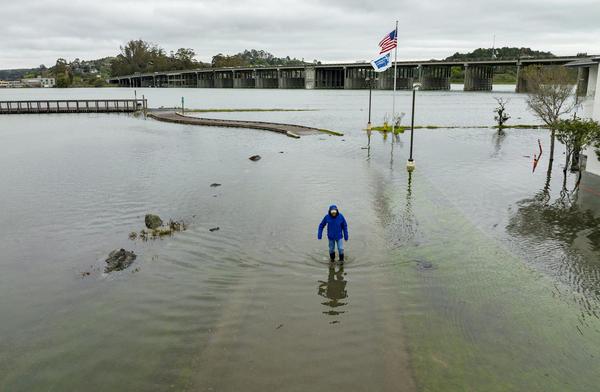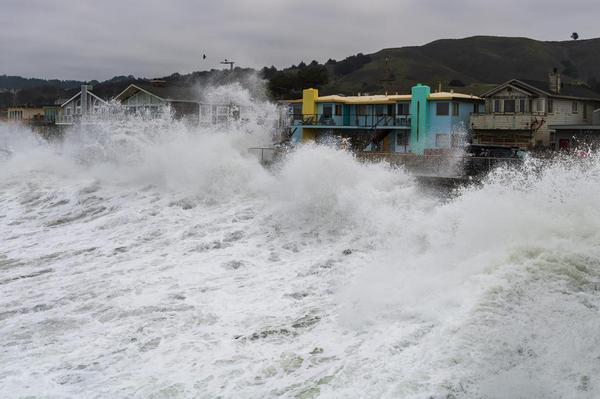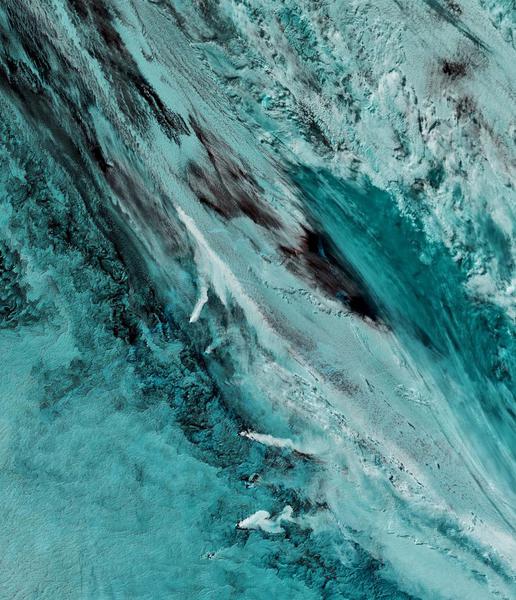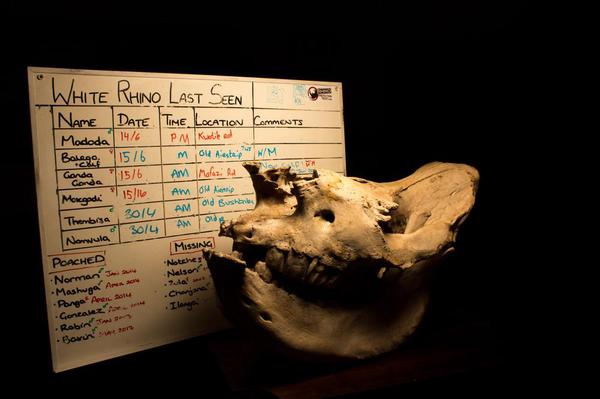Royally Flooded: Dispatches from the Highest Tides –
“Seeing how much just a foot of water can really do and how much it can flood…is kind of scary.”
In the first days of 2022, thousands of people took to the California shore to catch a live preview of sea-level rise in the coming decades. They were not disappointed. Cars entering the freeway ramp in Mill Valley whizzed through hundreds of yards of ankle-deep seawater. Next to the San Francisco International Airport runway, baywater burbled up to the road from a storm drain. And in Pacifica on t




